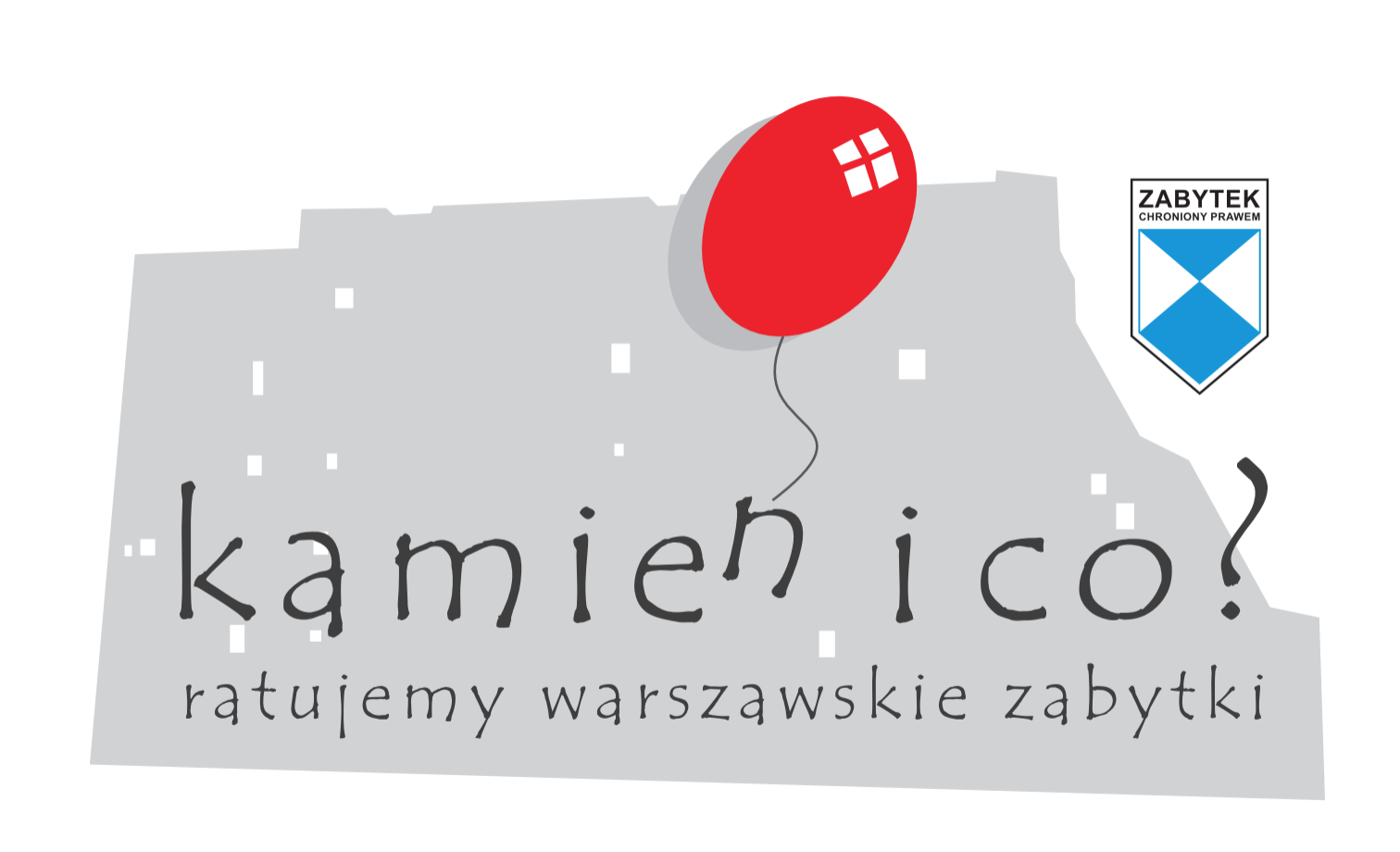
"Oaza" Entertainment Company
9 Wierzbowa Street
I envy myself for having lived through such an epoch. People used to say that three cities are the merriest and that their residents know how to appreciate metropolitan life, so to speak. Paris, Warsaw, Budapest. Well, Warsaw was called the Little Paris. People worked hard during the day, but in the evenings… they had fun. There was this famous place called Oaza…
– recalls Loda Halama. She was a dancer famous for her beautiful legs, which can be admired in the film “Fredek beglads the world”. She was also a celebrity, a flapper, and a businesswoman.

“Oaza” Entertainment Company
“Oaza” was established in 1922 and from the very beginning, it gained universal recognition. It became fashionable. Located in the most beautiful part of the city, at Plac Teatralny (Theatre Square), it boasts a wonderful heritage. Years ago, the famous Stępkowski restaurant was located there, and a dozen years ago, the first literary cabaret "Momus”. It was only five years ago that this place became representative, comfortable and metropolitan – a curiosity of Warsaw, admired by foreigners
– informs the richly illustrated “Album pamiątkowy” ("Commemorative Album") published in 1927.
It was a sight to photograph! The interiors of the "Oasis" were designed with fabulous lustre. On the ground floor was the restaurant’s main dining room, decorated by Wincenty Drabik whose design referred to the richly ornamented folk chests from Cracow. At the entrance, a charming, oriental-style room was set with little tables and comfortable pouffes set under a tent – a perfect spot for a morning coffee!
“Oaza’s” kitchen served exquisite French cuisine. The “Album” also features photos of certain menus. For example, dinner served in April 1927 to mark the congress of provincial governors, consisted of strong consommé imperial with diablotins, boiled salmon with white Bordeaux remoulade sauce, turkeys and guinea fowls with lettuce and porcini mushrooms with red Bordeaux wine, as well as asparagus with mousseline sauce, the “Aida” ice-cream Bombe with chocolate sauce, with coffee, liqueurs, and cognacs to top it off.
Upstairs, the guests were greeted with more novelties: an American bar and dance bar, open between September and June. During that period, “Oaza” was where the guests would dance the night away. The venue had its own orchestra and an ambitious revue programme, which didn’t begin until midnight, for the dinner guests to finish their meals. Guests often visited “Oaza” or “Adria” after a show or a concert, to enjoy a late dinner, followed by dancing.
Pianist for Waltzes and Foxtrots
During the crazy, epic parties, young Mieczysław Weinberg sat at the piano. Many years later, he reminisced about trying to combine working nights in fashionable venues and studying at the Conservatory of Music in Warsaw. At the “Oaza” he played dance music: foxtrots and waltzes. Watching the scene of the pre-war "house party" shown in the film "Fredek beglads the world" [see. 50 Nowy Świat], it is clear, that he was good at it.
After the opening of "Adria", the “Oaza” Entertainment Company no longer held its position as the most elegant place in Warsaw. In the mid-1930s, the company was hit by bankruptcy. In 1936, "Café Arizona" was established on the first floor of the building. The venue belonged to the cellist and jazz conductor Alfred "Fred" Melodysta. His café survived until 1939 when Melodysta moved to Łódź, where he opened the “Casanova” dance club. On “Arizona’s” ground floor one could get a snack in the Wiktor bar.
The End of a Beautiful Era
The tenement house burned down in September 1939 and was demolished in October. After World War II, it was rebuilt closer to Niecała Street, with a form referring to the building's appearance from the early 19th century, i.e. the classicist design by Hilary Szpilowski. Built in 1820, the tenement house was rebuilt at the end of the 19th century and raised by one floor. Characteristic detailing was added with turrets and a dome. In the pre-war photographs, however, "Oaza" can be recognised mainly by its magnificent neon signs. It is worth walking a few steps along Wierzbowa Street towards Niecała Street to find a plaque commemorating the premiere of the first Polish feature film "Antoś in Warsaw for the First Time". Unfortunately, this comedy from 1908 has not survived to our times. The screening was held on the veranda called "Oaza", which is why the plaque was hung on the facade of the building at 5/7 Wierzbowa Street. Over time, the name of the veranda was adopted for the entire premises at 9 Wierzbowa Street.








